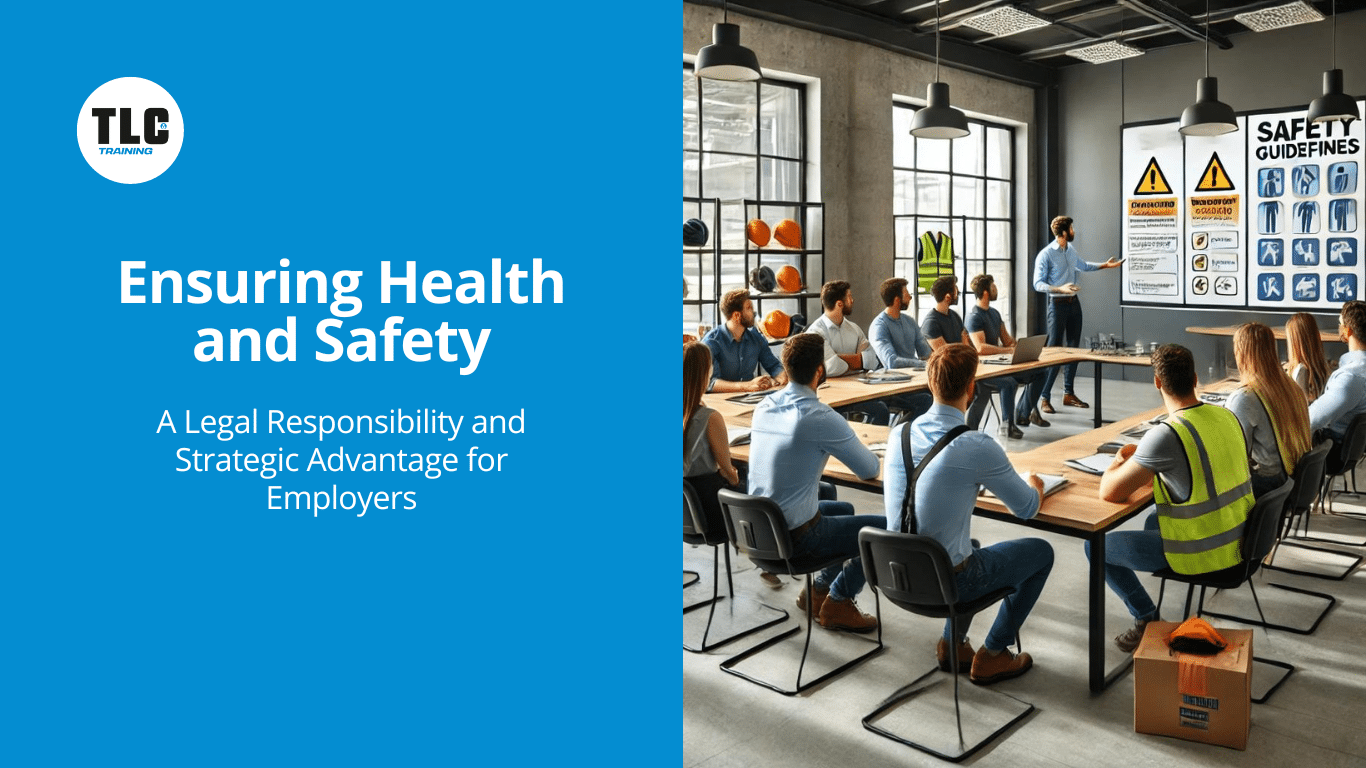As an employer, you have certain legal responsibilities to ensure the health and safety of your employees. These responsibilities are clearly outlined in health and safety legislation, particularly under the Health and Safety at Work Act 1974. Complying with these regulations not only safeguards the well-being of your staff but also offers numerous benefits for your organisation.
Understanding the Health and Safety at Work Act 1974
The Health and Safety at Work Act 1974 (HSWA) is the primary piece of legislation covering occupational health and safety. It sets out the general duties which employers have towards employees and members of the public, and employees have to themselves and to each other. The Act is designed to ensure that workplaces are safe environments where health risks are managed effectively.
Employers must ensure, so far as is reasonably practicable, the health, safety, and welfare of all employees.
Adequate training must be provided to ensure employees understand health and safety protocols.
Employers must conduct regular risk assessments to identify potential hazards and implement measures to mitigate them.
Benefits of Complying with Health and Safety Regulations
1. Reduction in Workplace Accidents and Injuries
By adhering to health and safety regulations, employers can significantly reduce the incidence of workplace accidents and injuries. This not only protects employees but also reduces costs associated with workers’ compensation, insurance premiums, and potential legal action.
2. Boosted Employee Morale and Productivity
A safe and healthy work environment boosts employee morale. When employees feel safe, their productivity tends to increase, leading to improved employee retention and overall job satisfaction.
3. Enhanced Reputation and Social Responsibility
Compliance with health and safety regulations demonstrates a commitment to social responsibility. It helps organisations maintain a positive reputation in their industry, showing that they value the well-being of their workforce.

The Importance of Health and Safety Training
Health and safety training is essential for both staff and employers. It helps employees understand workplace risks, promotes a culture of safety, and minimises the potential for accidents and injuries. Training should cover various aspects, including emergency procedures, proper equipment usage, and hazard recognition. Regular health and safety training refreshers ensure that employees remain vigilant and updated on the latest safety protocols. They reinforce critical information, helping to prevent complacency and reduce the likelihood of accidents. Additionally, ongoing training fosters a continuous improvement mindset, encouraging employees to actively participate in maintaining a safe work environment.
Employers’ Legal Obligations Include:
Providing necessary training and resources for employees to perform their tasks safely.
Ensuring all safety protocols are clearly communicated and adhered to.
Regularly reviewing and updating safety measures to address any new risks.
Conducting a Comprehensive Risk Assessment
A key component of ensuring workplace safety is conducting a composite risk assessment. This involves identifying all potential hazards, evaluating the risks associated with these hazards, and implementing measures to mitigate them. The Health and Safety Executive (HSE) recommends a straightforward approach to risk assessment, broken down into five steps:
1. Identify the Hazards: Look for things that might cause harm in your workplace.
2. Decide Who Might Be Harmed and How: Consider how employees, contractors, visitors, and others might be affected by the hazards.
3. Evaluate the Risks and Decide on Precautions: Determine how likely it is that harm will occur and what steps can be taken to prevent it.
4. Record Your Findings and Implement Them: Document the hazards, their associated risks, and the measures you have taken to mitigate them.
5. Review Your Risk Assessment and Update if Necessary: Regularly review and update your risk assessment to ensure it remains relevant and effective.
Take a look at our blog post on Risk Assessment, which outlines a comprehensive 5-step process https://tlccompliance.com/what-is-the-5-step-process-of-risk-assessment/
Conclusion
By prioritising health and safety in the workplace, employers not only fulfil their legal obligations under the Health and Safety at Work Act 1974 but also create a safe and supportive environment for their employees. This commitment to safety can lead to numerous organisational benefits, including reduced costs, improved morale, and a stronger reputation. Through proper training and comprehensive risk assessments, we can ensure a safer, healthier, and more productive workplace for all.
For more detailed guidance on health and safety regulations and best practices, please refer to the Health and Safety Executive (HSE) website https://www.hse.gov.uk/

